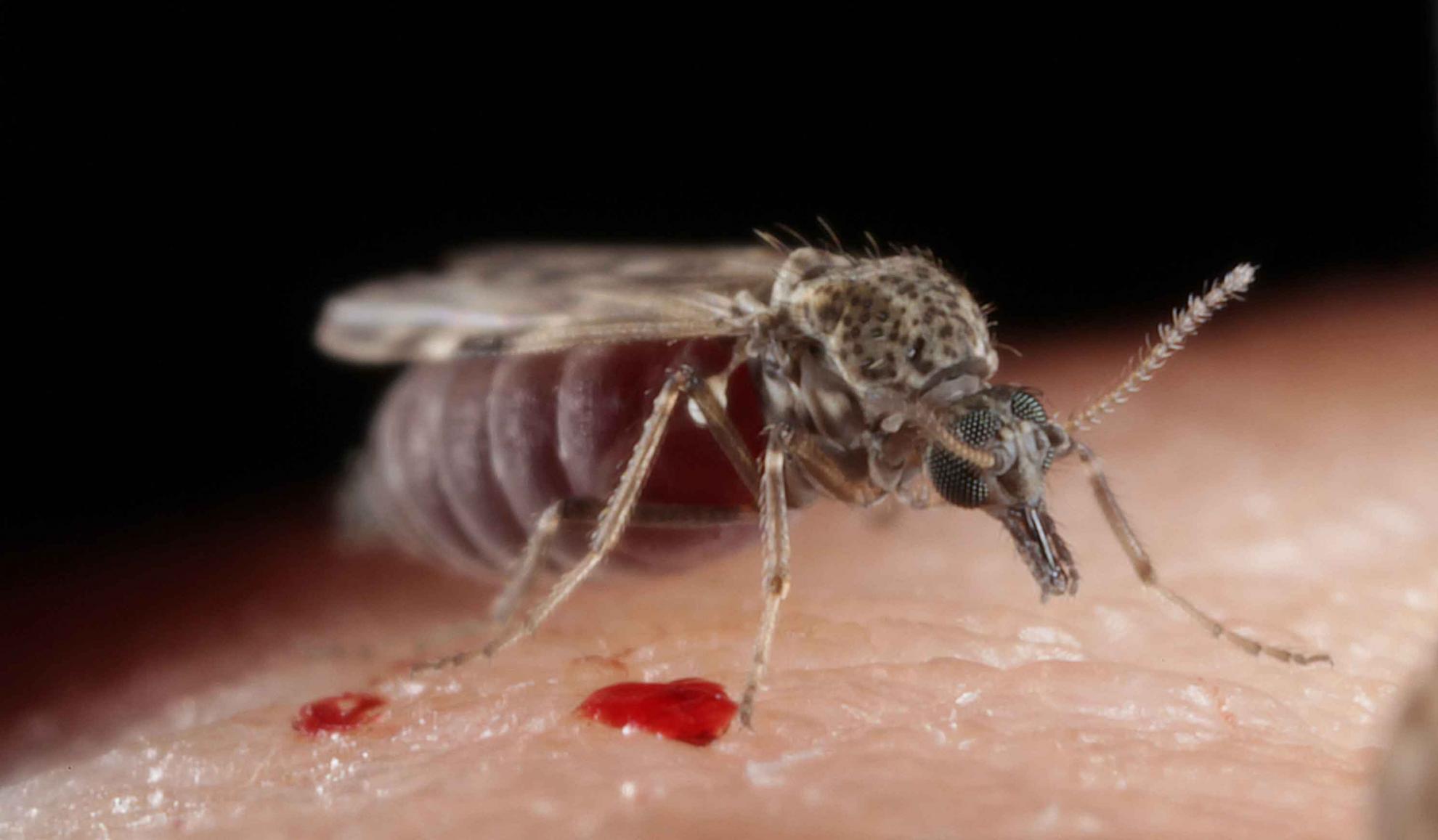How do species, population and active ingredient influence insecticide susceptibility in Culicoides biting midges (Diptera: Ceratopogonidae) of veterinary importance?
BACKGROUND: Culicoides biting midges are biological vectors of internationally important arboviruses of livestock and equines. Insecticides are often employed against Culicoides as a part of vector control measures, but systematic assessments of their efficacy have rarely been attempted. The objective of the present study is to determine baseline susceptibility of multiple Culicoides vector species and populations in Europe and Africa to the most commonly used insecticide active ingredients. Six active ingredients are tested: three that are based on synthetic pyrethroids (alpha-cypermethrin, deltamethrin and permethrin) and three on organophosphates (phoxim, diazinon and chlorpyrifos-methyl). METHODS: Susceptibility tests were conducted on 29,064 field-collected individuals of Culicoides obsoletus Meigen, Culicoides imicola Kieffer and a laboratory-reared Culicoides nubeculosus Meigen strain using a modified World Health Organization assay. Populations of Culicoides were tested from seven locations in four different countries (France, Spain, Senegal and South Africa) and at least four concentrations of laboratory grade active ingredients were assessed for each population.RESULTS: The study revealed that insecticide susceptibility varied at both a species and population level, but that broad conclusions could be drawn regarding the efficacy of active ingredients. Synthetic pyrethroid insecticides were found to inflict greater mortality than organophosphate active ingredients and the colony strain of C. nubeculosus was significantly more susceptible than field populations. Among the synthetic pyrethroids, deltamethrin was found to be the most toxic active ingredient for all species and populations.CONCLUSIONS: The data presented represent the first parallel and systematic assessment of Culicoides insecticide susceptibility across several countries. As such, they are an important baseline reference to monitor the susceptibility status of Culicoides to current insecticides and also to assess the toxicity of new active ingredients with practical implications for vector control strategies.
Back to publications
Publication
Contributors
Venail R, Lhoir J, Fall M, del Rio R, Talavera S, Labuschagne K, Miranda M, Pages N, Venter G, Rakotoarivony I, Allene X, Scheid B, Gardes L, Gimonneau G, Lancelot R, Garros C, Cetre-Sossah C, Balenghien T, Carpenter S, Baldet T
Year
2015
Journal
Parasites and Vectors
Volume
8
Issue
1
Pages
e439
Altmetric details
Associated groups
